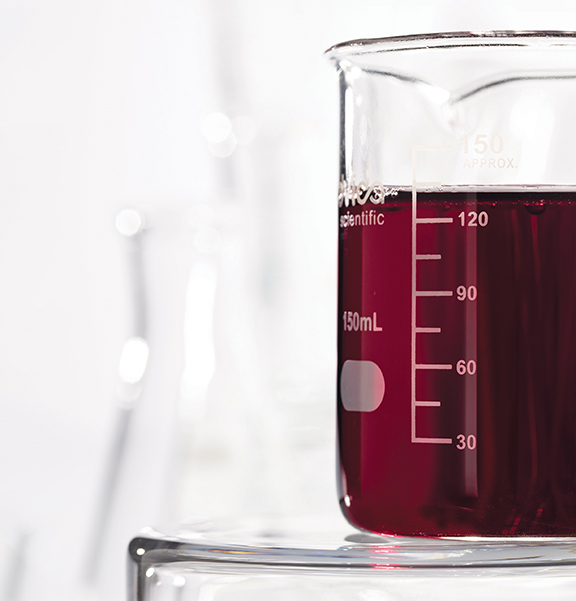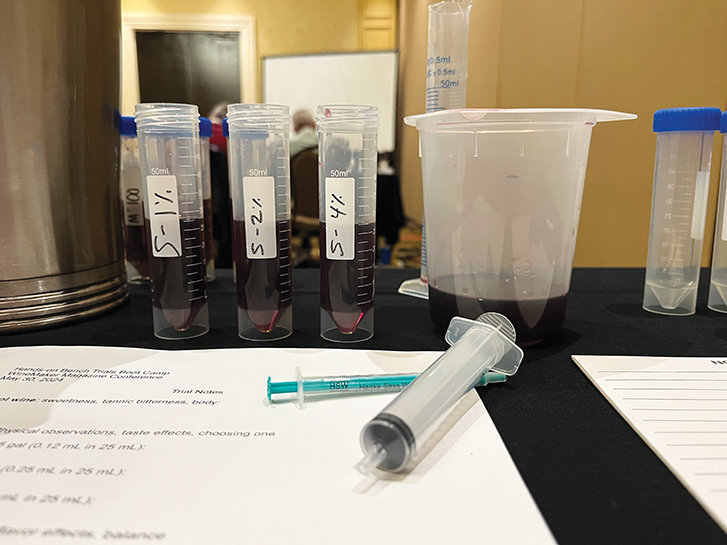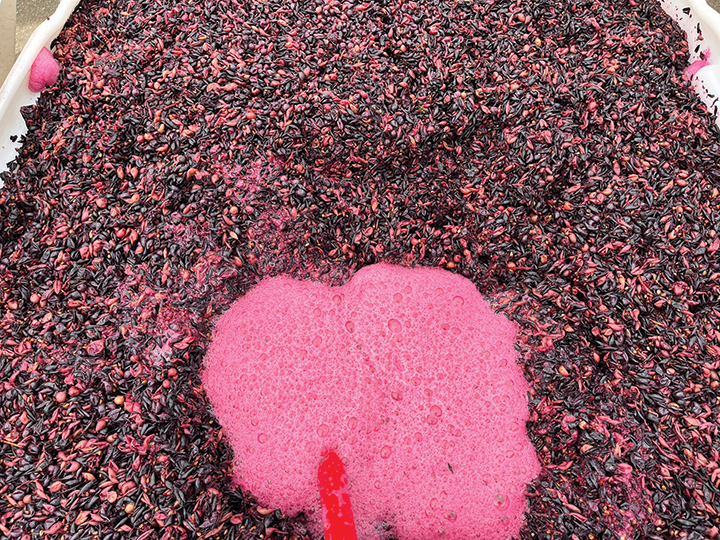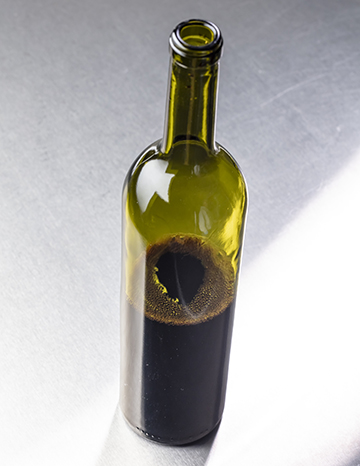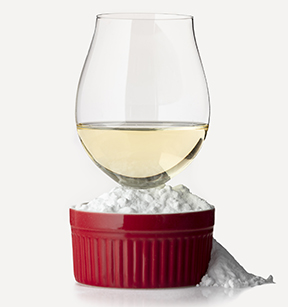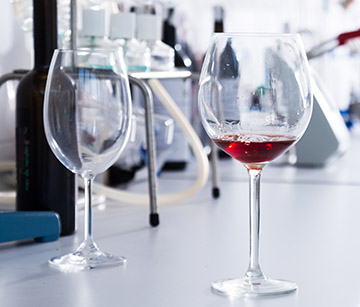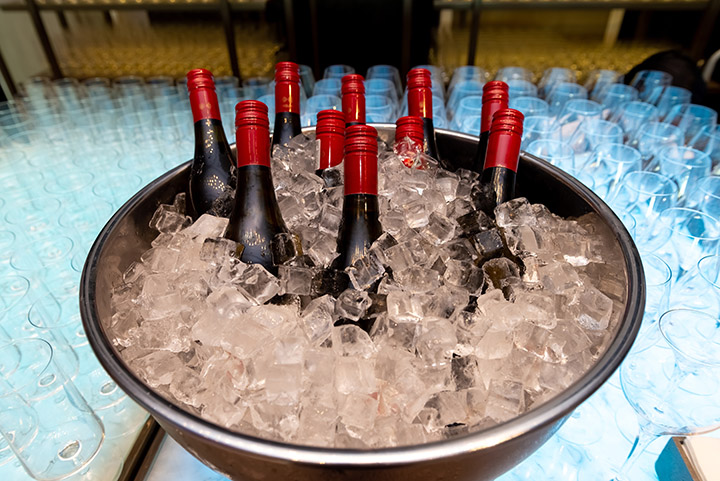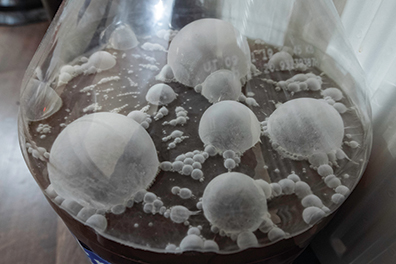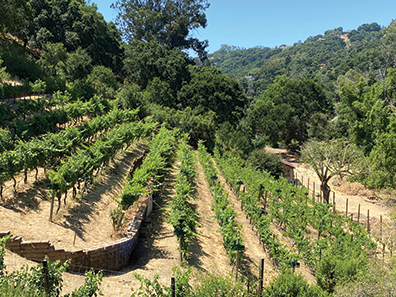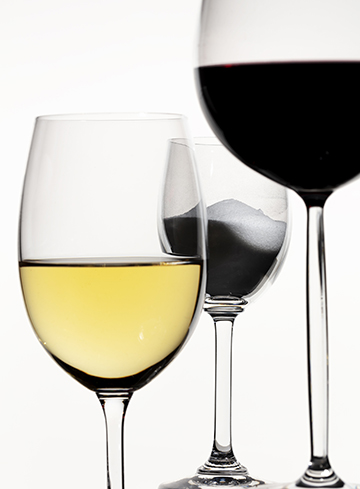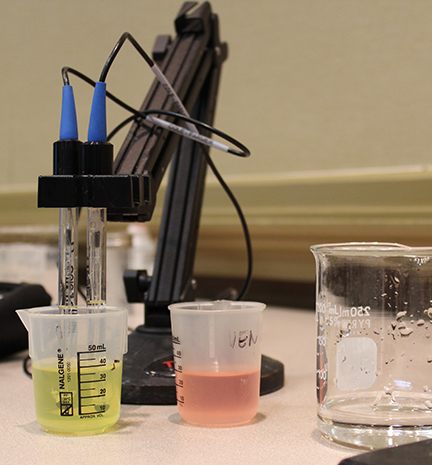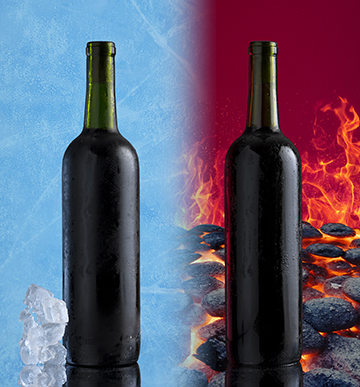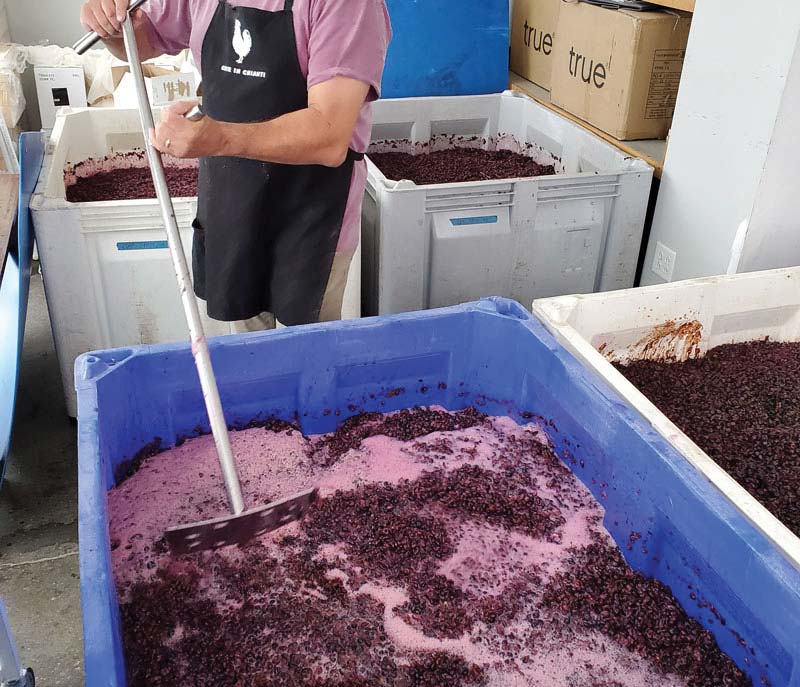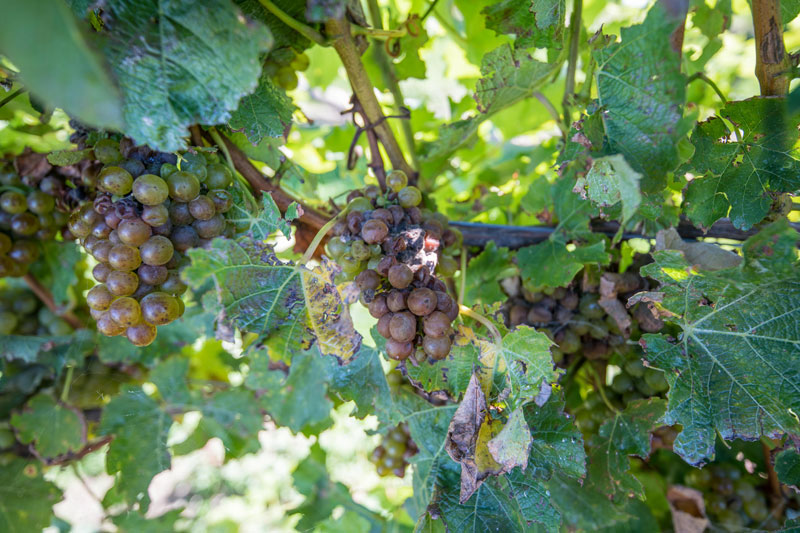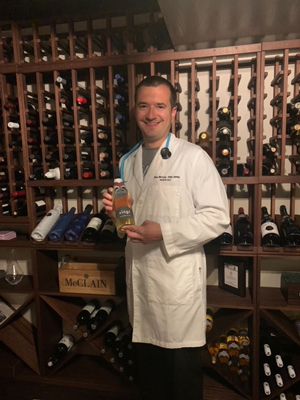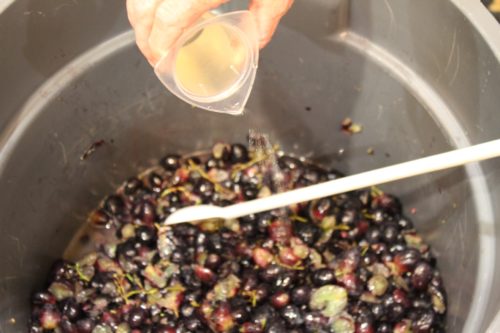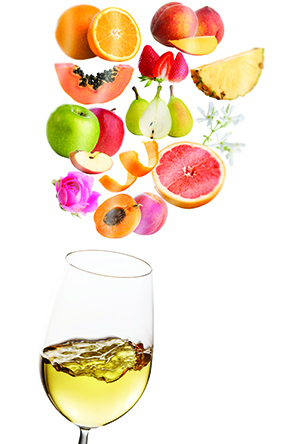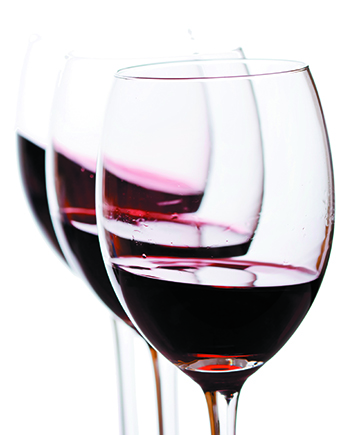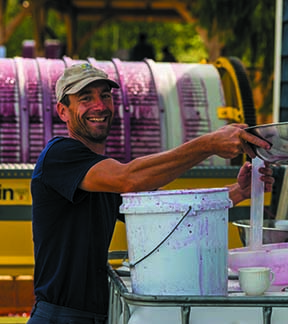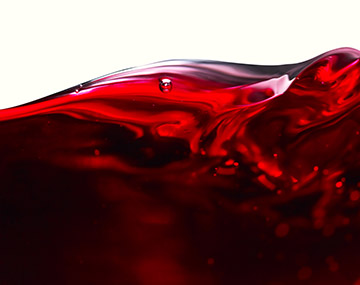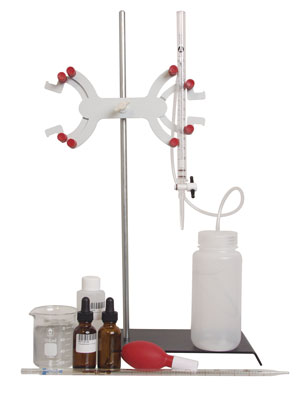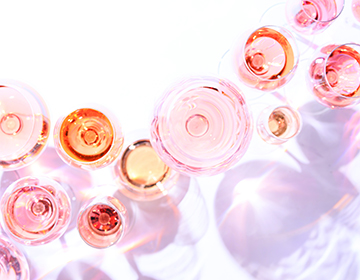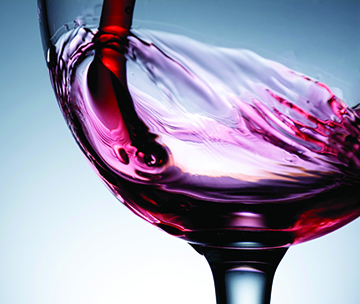Topic: Winemaking Science
Performing Winery Lab Tests
Take the guesswork out of winemaking by performing tests on your juice, must, and wine. We run through the most critical tests, as well as how and when they should be done.
Performing Benchtop Trials
When changes to aroma or structure are desired to achieve a more balanced, pleasing wine, you should always start with benchtop trials to dial in optimal addition rates. Learn how to get the most from your trials before adjusting your entire batch.
Chemistry of Must Correction
Clark Smith offers ways to extract the most from your grapes by digging into the chemistry of must correction — including methods to boost color, the impact adding sugar or water may have, and other techniques to keep in mind.
Understanding and Measuring Residual Sugars
Looking at Brix (or specific gravity) alone isn’t a great indicator whether a wine is microbially stable, and therefore determining if there is risk of refermentation. Even home winemaking tools that measure residual sugar lump fermentable and non-fermentable sugars together. After years of performing tests, Daniel Pambianchi explains how winemakers can predict with confidence whether their wines are safe to bottle.
Chitosan: For more than just fining
Chitosan is a product every home winemaker should be familiar with, and likely has around their cellar. It is used to help clarify wine, but its benefits go well beyond that. Newer chitosan-based products are also beneficial for microbial stability as well as malolactic and acetic bacteria suppression.
Can I make non-alcoholic wine?
With the increasing popularity of non-alcoholic (NA) wines, it’s no surprise that home winemakers are wondering if they can craft their own. The short answer is that while it’s possible to remove
Game-Changing Innovations
A number of innovative products well-suited for the home and small-scale winemaker have come to market in recent years. Explore these options that can help in your winemaking hobby — from ingredients, wood products, and yeasts, to analytical tools and other winemaking equipment.
Dubunking Consumer Myths, Yeast Impact on MLF & pH Adjustments
If you sometimes prefer your red wines served a little on the cool side or are not afraid of buying high-end wines with screw cap closures, you aren’t alone! The Wine Wizard shares her “consumer myths” that need to be debunked. Plus, the role your yeast choice plays on malolactic fermentation, and advice on adjusting a high-pH juice.
Understanding and Controlling Brettanomyces
It is both a spoilage yeast and the heart of many great wines of Bordeaux. We share what you need to understand about Brettanomyces, the common misconceptions, and methods to tame this wild yeast.
Experimenting With Deficit Irrigation
With ongoing drought concerns in many wine-growing regions, the practice of deficit irrigation is gaining traction, not only for using less water but also for producing higher-quality wine grapes. Learn about two winemakers’ experience with this technique.
Sulfur Dioxide: Fact and Myth
Winemakers have a lot of misconceptions about sulfur dioxide and its use in winemaking. Though somewhat controversial, longtime wine educator Clark Smith shares his views that are backed by science.
The Science of Winemaking
There is a lot of chemistry involved in winemaking — the better you understand it, the better chance you have of consistently making quality wine. Learn the role science plays and how to use it to your advantage when it comes to Brix, pH, titratable acidity, and more.
Protection from the Elements
Heat (protein) and cold (bitartrate) stability issues in wine cause off-putting aesthetic defects that are often brought to light after the wine is in the bottle and undergoes a temperature swing if not taken care of during bulk aging. Learn how (and if) you should take these heat and cold stabilization precautions at home.
A Nitro Boost: Nitrogen’s role in primary fermentation
Wine was made for millennia with little intervention from humans. But let’s be honest, we have no idea how those wines tasted. Today we know that yeast create the wine and keeping them happy is crucial for producing good wine. Learn how nitrogen plays a pivotal role.
Volatile Acidity Basics
It’s a dirty phrase in most winemaking circles, but volatile acidity is found in all wine and having a little can actually add complexity to a wine. Get the scoop on volatile acidity.
Spit Or Swallow? Health benefits from spitting wine
One reader who is also a medical doctor discusses the potential health benefits of wine tasters who swish and spit their wines. It may be one of the healthiest things you can do . . . but that doesn’t mean he abides by the spitting aspect.
Maceration Enzymes: Making the most of these additions
There are a lot of enzyme products available to winemakers, but in general they can be broken into just a few classes. Learn when and why a winemaker might use some of these various enzymes, especially during maceration.
Trying to Work With Grape Juice That is Amiss
Well, your grape or juice source really put you in a bind. Those are some of the most unbalanced initial numbers I’ve ever seen, and I would seriously consider getting your juice
The Role of Varietal Thiols in White Wines
Volatile thiols are delicate but powerful aromatic compounds released during fermentation. Through careful techniques and yeast selection, these thiols can be both preserved and enhanced to create an aromatic wine that pleases the senses.
Additives to Impact Phenolics and Tannins
Explore the additives and fining agents common in commercial wine production and available to home winemakers. These tannin additives and fining compounds may be used to modify the quantity of different phenolic species, and thus impact the color, bitterness, and astringency of the treated wine.
Tannin Additions: Tips from the Pros
A grape’s tannin structure is impacted by varietal, terroir, and growing conditions. Sometimes, grapes lack the tannins desired, and when that happens winemakers have the option of techniques to maximize extraction, adding
Phenolics in Red Wines
The decisions you make in the process of red winemaking will dramatically impact the phenolics and tannins in the resulting wine. From maceration temperature to techniques like délestage, saignée, and thermovinification, you control how your wines will turn out.
Testing for Titratable Acidity
Titratable acidity, or TA, is often viewed as a more advanced test, but it shouldn’t be. With a simple kit and a good pH meter, anyone can measure TA in any wine. Bob Peak has some straightforward advice for winemakers to help you bring balance to your wines through TA.
Phenolics & Tannins in White, Sparkling & Rosé Styles
Polyphenolics are usually associated with red wines, but there are definitely processing choices and stylistic options where polyphenolics play a role in whites, rosé, and sparkling wines also.
Phenolics and Tannins
An understanding of what is happening in wine on a chemical basis can be very useful in influencing choices regarding processing options and timing of activities for different wine styles. Unfortunately winemaking
